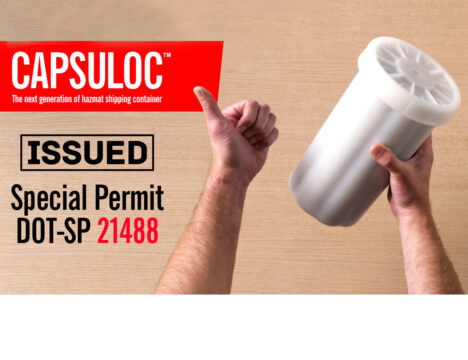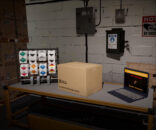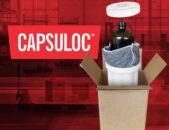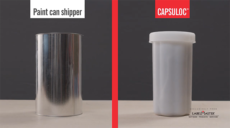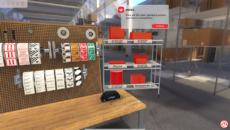Last year, we introduced Capsuloc™—an innovative new secondary hazmat container that was superior to paint can-style secondary containers in almost every way. Now, there’s no “almost” about it. On May 10, 2023, PHMSA issued Special Permit DOT-SP 21488, which gives Capsuloc relief from regulatory burdens similar to the relief received by other Special Permit packaging…
Ready to start calling hazmat training “Dangerous Goods gaming”?
General awareness training is the foundation of all Dangerous Goods training. Virtually everyone whose job involves handling, managing or transporting hazardous materials in any way is required to take general awareness training—and renew their training every three years. Since everyone has to take it, shouldn’t it appeal to the most people? That was the idea…
Competency-based hazmat training: What you need to know for 2023
On January 1, 2023, new IATA provisions will come into effect that mandate a competency-based training and assessment (CBTA) approach for Dangerous Goods training. What is CBTA, and what does it mean for your operation? That’s why we’re here! Competency-based training has been a hot topic of conversation for several years in the hazmat shipping…
6 ways Capsuloc™ secondary hazmat containers can make your operation more efficient
No one really likes paint can-style secondary hazmat containers, but we’ve been putting up with them (and all their related headaches) for decades. Why? Because there hasn’t been a better alternative. Now there is. New Capsuloc™ finally gives Dangerous Goods shippers an alternative to the paint can, and lots of shippers are already kicking the…
Why Capsuloc™ hazmat containers have shippers kicking the can. Literally.
Paint can-style secondary hazmat containers have been a necessary evil for decades. They’re essential for shipping certain Dangerous Goods, but no one really likes them. Given a better alternative, most DG operations would kick the paint can shipper like a bad habit. With the introduction of Capsuloc™ — now with special permit DOT-SP 21488 and…
Stop cursing your paint can hazmat containers. Meet Capsuloc™.
Ask any Dangerous Goods pro about “paint can” secondary containers, and the response may require a parental warning for language. You’ll hear about lids that won’t stay closed, or that can’t be pried open. You’ll hear about leaks in transit, smashed fingers from errant mallets, and ring locks that won’t come off without a power…
Why every auto-related business needs a large format lithium battery plan
Electric vehicles are here to stay. This is not breaking news. In 2021, global sales of electric cars doubled to a new record of 6.6 million—close to 10 percent of all new cars sold. In the U.S., electric vehicle registrations shot up 60 percent in the first quarter of 2022, and EVs now make up…
Why online hazmat training is essential for new supply chain workers
We all know that training is mandated by law for any workers involved in the transport of Dangerous Goods. But what about supply chain workers who aren’t involved in hazmat transport? Should they undergo training as well? For many forward-thinking supply chain organizations, the answer is yes. Now, you might well ask, “Why would we…
Large format lithium battery transport partners: Who you need and what to look for
Dangerous Goods is a team sport. Whether you handle one hazmat shipment a week or several thousand a day, you likely rely on partners to help you stay compliant with optimal efficiency. Your need for partners is especially acute when your business involves large format lithium batteries—and the bigger the battery, the more help you’ll…
9 improvements you can expect from smarter online hazmat training
Ever ask a sulky teenager to execute a household chore? They’ll do the bare minimum, but it’s easy to see that it could have been done better. There’s a similar dynamic with Dangerous Goods training. The law says employees have to be trained if an organization ships or handles hazardous materials, and many companies do…
